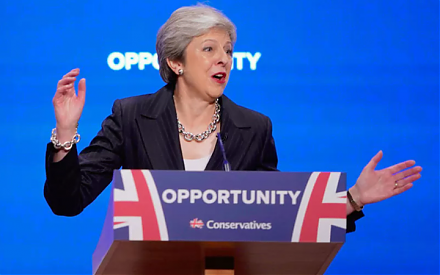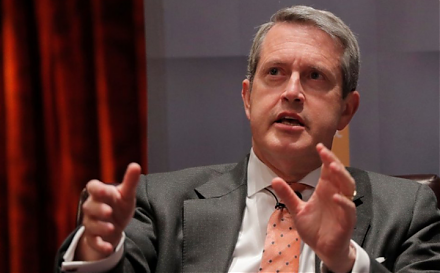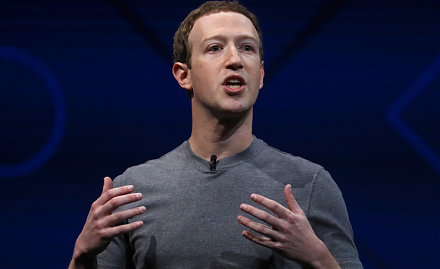

2019-01-15 13:35:00 Tue ET
trust perseverance resilience empathy compassion passion purpose vision mission life metaphors seamless integration critical success factors personal finance entrepreneur inspiration grit
Americans continue to keep their financial New Year resolutions. First, Americans should save more money. Everyone needs a budget to ensure that key paychecks outweigh cash expenses. Second, Americans need extra money to pay off credit card debt. More than 44 million Americans take on second gigs to help eliminate credit card debt (about $16,000 per capita). Third, Americans should spend less. Millennials should reduce their disproportionate variable expenditures on utility and leisure. Fourth, U.S. workers below 50-years-old can try to save $18,500 per year toward their own 401(k) retirement accounts. Socking away $300 per month for 30 years can accumulate $285,000 with a conservative 6.2% average annual return. Fifth, Americans need to build their emergency funds. Almost 57% of U.S. adults have less than $1,000 in their bank accounts, and 39% have no emergency funds at all.
Americans should achieve these New Year resolutions for better financial freedom. Fed Chair Jerome Powell states that FOMC members need to be *patient to wait-and-watch* before they hike the interest rate again. The central bank continues to cash in public debt near maturity to maintain a substantially smaller balance sheet. Most stock market analysts foresee the next interest rate hike around mid-2019 as Federal Reserve governors raise their dovish tones.
If any of our AYA Analytica financial health memos (FHM), blog posts, ebooks, newsletters, and notifications etc, or any other form of online content curation, involves potential copyright concerns, please feel free to contact us at service@ayafintech.network so that we can remove relevant content in response to any such request within a reasonable time frame.
2025-10-08 11:34:00 Wednesday ET

Stock Synopsis: With a new Python program, we use, adapt, apply, and leverage each of the mainstream Gemini Gen AI models to conduct this comprehensive fund
2019-01-27 12:39:00 Sunday ET

British Prime Minister Theresa May faces her landslide defeat in the parliamentary vote 432-to-202 against her Brexit deal. British Parliament rejects the M
2019-04-19 12:35:00 Friday ET

Federal Reserve proposes to revamp post-crisis rules for U.S. banks. The current proposals would prescribe materially less strict requirements for community
2018-03-17 09:35:00 Saturday ET

Facebook faces a major data breach by Cambridge Analytica that has harvested private information from more than 50 million Facebook users. In a Facebook pos
2023-10-07 10:24:00 Saturday ET

Thomas Philippon draws attention to greater antitrust scrutiny in light of the rise of market power and its economic ripple effects. Thomas Philippon (20
2018-03-23 08:26:00 Friday ET

Personal finance and investment author Thomas Corley studies and shares the rich habits of self-made millionaires. Corley has spent 5 years studying the dai